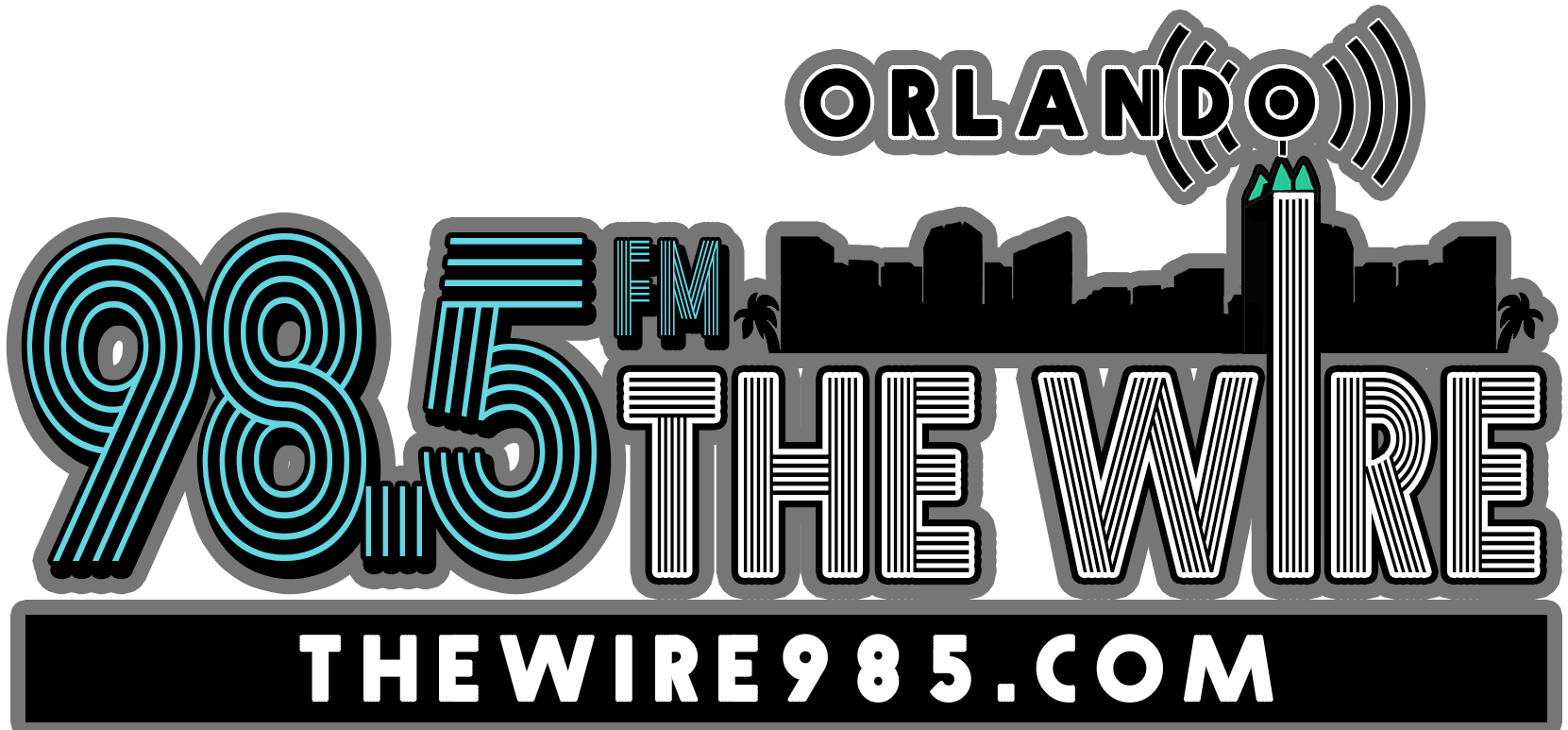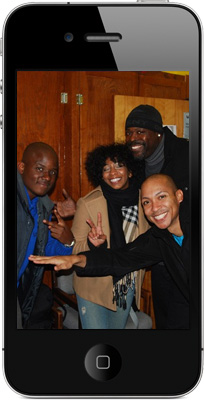It’s not unusual to cobble together family savings, scholarships and federal loans to pay for college.
What is less common: a loan to the parents of the students. The Parent PLUS Loan provides funds to parents with only a minimal check to see if they have the means to repay it.
Among families of color, the loan is much more common – and those families are more likely to be dragged into indebtedness. Parent PLUS Loans have particular disadvantages. They have higher rates of interest compared with direct loans: 7.1% and 4.5%, respectively; they are not linked to income-based repayment; they tend to leave older Americans paying well into their retirement years.
Six-figure parent loans:When college dreams for students mean nightmarish debt for family
The fallout from the Parent PLUS Loan is particularly evident among families at historically black colleges and universities, called HBCUs.
To understand the impact of Parent PLUS Loans on HBCUs, we examined datasets from the Department of Education and the National Center for Education Statistics, especially the 2015-16 National Postsecondary Student Aid Study, which we sorted to look at students whose parents still consider them dependents.
That’s a much higher percentage than black students’ share of the national student body as a whole: 12%.
This overrepresentation might not seem significant, but it becomes more pronounced when we break down borrowing by parents’ income.
It’s clear that parent borrowing disproportionately hurts black families, especially low-income black families.
For white families, borrowing Parent PLUS Loans can be more a financial strategy to move around money and assets without putting too much cash into higher education. More than 60% of white borrowers have annual household incomes above $75,000. They’re the people this program was originally designed for – middle-class families. And they are more capable of paying off the loans in the future.
But for black families, the Parent PLUS Loan is more likely to be the last-ditch tool to send their kids to college. Over 40% of borrowers have annual household incomes of $30,000 or less. Their kids are likely to have already maxed out the amount they can borrow in federal student loans. Without the Parent PLUS Loans, the students cannot afford to go to college. But the heavy debt burden on parents combined with the students’ debt load could drive low-income black families much deeper into indebtedness.
Student loans: Debt hits a new high in 2018, though growth slows
And the situation is getting worse. Parent PLUS Loans at HBCUs have grown over four years, according to data from the National Postsecondary Student Aid Study.
Trump visited an HBCU this weekend:4 thoughts on his visit
For both years, the percentage of families with Parent PLUS Loans at HBCUs is twice the rate at all colleges combined. And while the share of Parent PLUS Loans increased at HBCUs over the four years, it shrank slightly across all colleges. There was also an increase in the percentage of borrowings at HBCUs over the four years, while the overall borrowing actually shrank by a small margin.
The HBCU where loans were forgiven:Who is Robert F. Smith, the billionaire behind the Morehouse graduation gift?
HBCU students have been heavily relying on Parent PLUS Loans to finance their college costs.
More than 20% of HBCU students used Parent PLUS Loans to cover at least 30% of their costs, while only 14.3% of overall undergraduates needed the loans.
Trump and HBCUs:The president has moved to support HBCUs, but he has a trust issue to overcome
To see how this plays out for individual colleges, we compared three HBCUs in Atlanta with a majority-white private college in the same city, Emory University, using reports from the office of Federal Student Aid.
Spelman College, Morehouse College and Clark Atlanta University combined have a similar number of students as Emory University. But parents at Emory have taken on a tiny fraction of the Parent PLUS Loans that parents at the three HBCUs have.
Loan forgiveness:Betsy DeVos rule change means college students must fight for it
We did a breakdown with a host of other small, private colleges from around the country with approximately the same number of students as these three HBCUs. It shows a stark comparison between the amount HBCUs parents borrowed and parents at similar colleges.
Contributing: Javier Zarracina, USA TODAY, and Open Campus, a nonprofit news organization focused on higher education







More Stories
Why Black Satire Is the Art Form for Our Absurd Age – The New York Times
150 artists of African descent celebrated in 'Black Paris' exhibition at Pompidou Center – Hindustan Times
Black Homeownership Faces Persistent Barriers Despite Hard-Fought Gains – San Diego Voice and Viewpoint